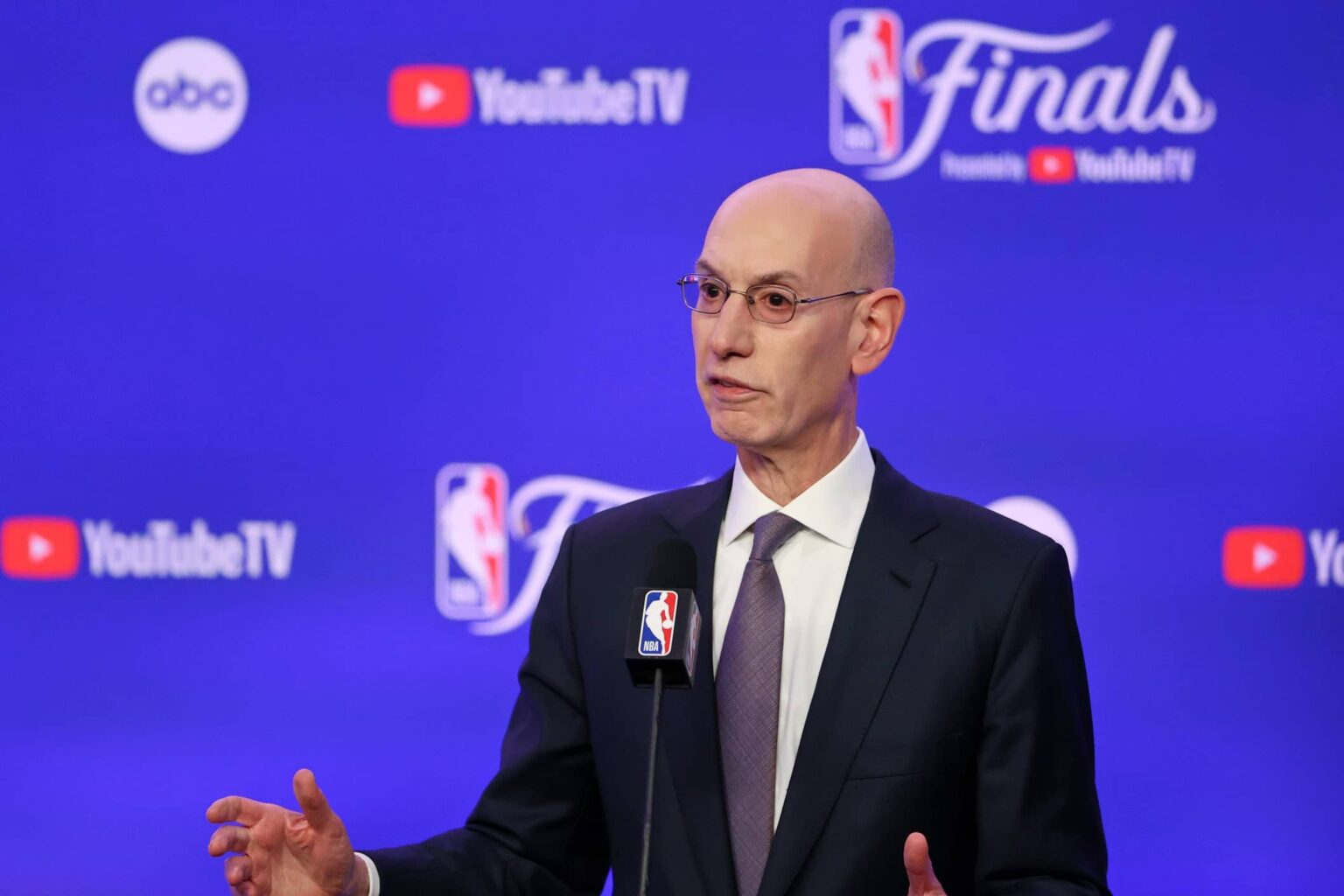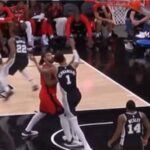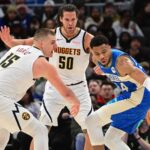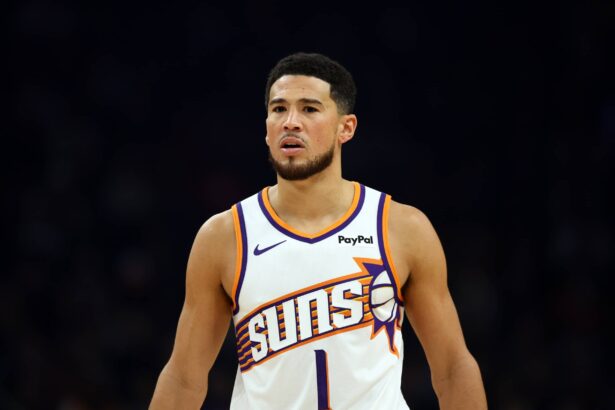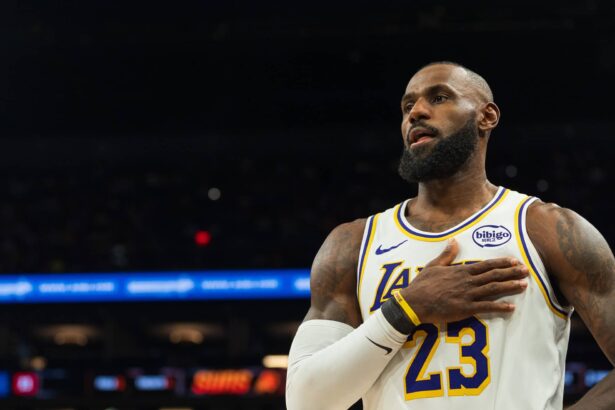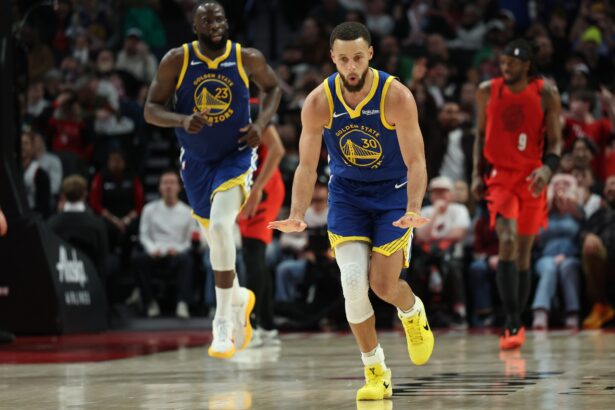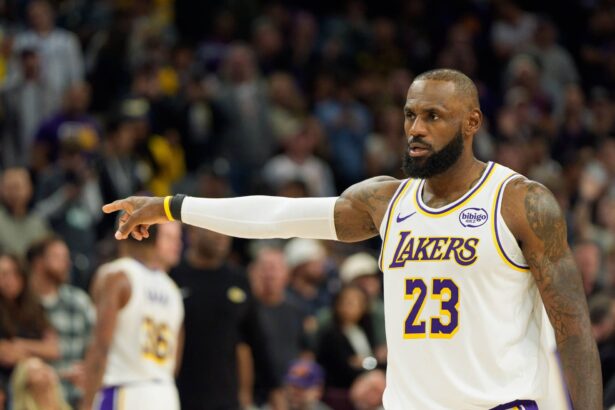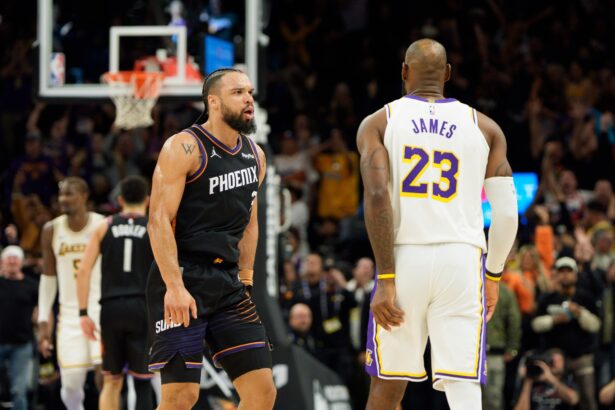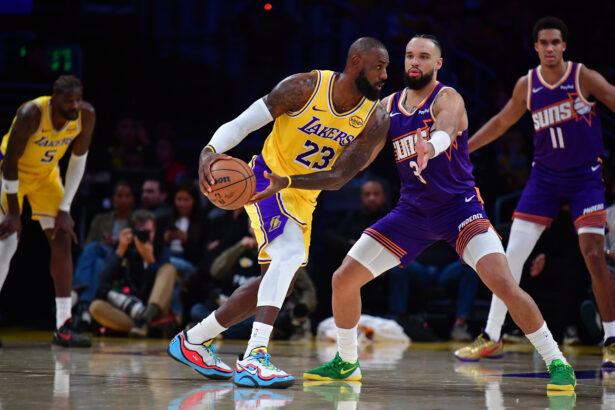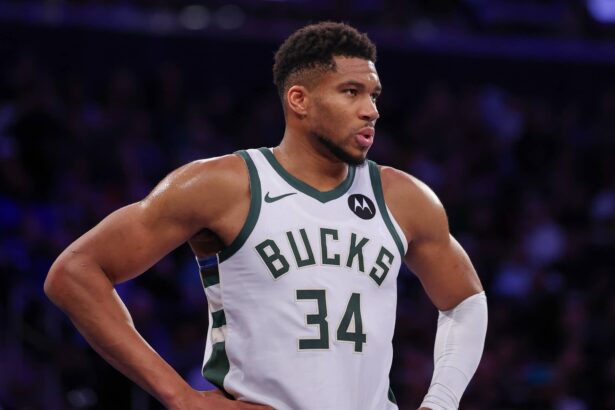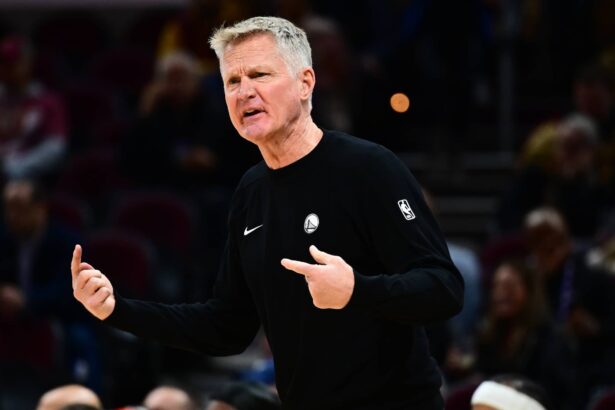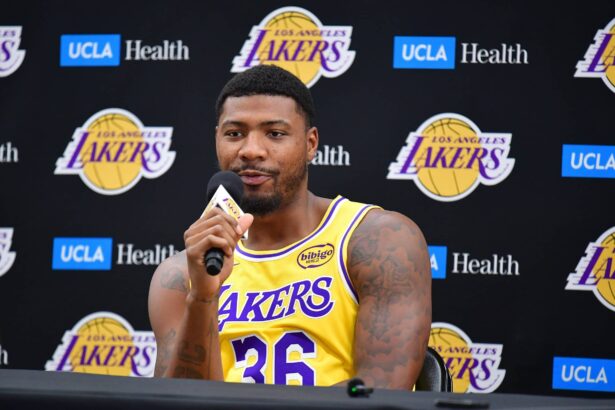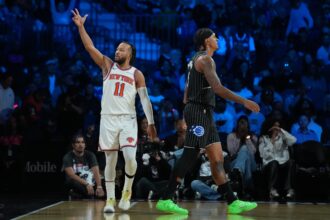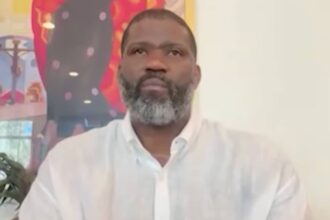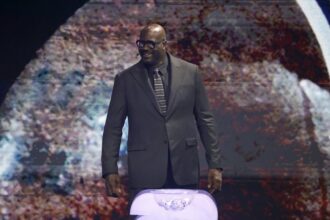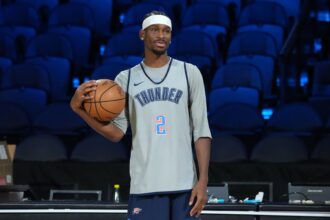After an impressive opening night, NBA viewership fell sharply over the first week, raising concerns as early numbers showed significant declines. According to Awful Announcing, ESPN and TNT broadcasts reported lower viewership than last year in nearly every national window, a surprise considering the league’s growing popularity, boosted by young stars and storylines that seemed likely to attract audiences.
The drops were especially surprising after TNT’s opening night doubleheader saw a 6% increase from 2023, fueled by the return of fan-favorite matchups and compelling player debuts.
On Wednesday, ESPN’s doubleheader attracted an average of 1.6 million viewers, a steep 42% drop from last year’s debut games featuring Victor Wembanyama, whose NBA debut drew widespread attention.
The game between the Milwaukee Bucks and Philadelphia 76ers pulled in 1.71 million viewers—significantly lower than the 2.55 million who tuned in last year to watch the Boston Celtics face off against the New York Knicks. Following that, the Suns–Clippers matchup saw even steeper declines, with only 1.52 million viewers—a 49% decrease compared to last year’s comparable game.
Thursday’s broadcast saw similar challenges as TNT aired the San Antonio Spurs’ showdown with the Dallas Mavericks. Despite the excitement surrounding the Spurs’ rookie phenom Victor Wembanyama, the game attracted only 1.45 million viewers, marking a 29% decline from last year’s comparable broadcast, which drew over 2 million.
The trend continued Friday night, with ESPN’s coverage of the Pacers-Knicks game attracting only 830,000 viewers, fewer than a college football game between Louisville and Boston College airing on ESPN2 that same night. Additionally, the NBA went head-to-head with the World Series opener, featuring a marquee matchup between the New York Yankees and Los Angeles Dodgers, likely diverting potential viewers from the NBA.
These early-season declines have raised questions about the NBA’s viewership strategies and timing. Part of the challenge seems to stem from competing sports events. For instance, Friday night’s World Series opener likely drew baseball fans away, while college football’s popularity in the U.S. can often capture a significant audience during fall weekends.
Additionally, without a marquee rookie debut comparable to Wembanyama’s or last year’s Celtics-Knicks rivalry, the NBA may have struggled to attract casual fans who often tune in for high-stakes matchups or star-power showcases.
While these dips may be concerning, the NBA remains confident in its long-term viewership strategies. A significant boost is expected during the holiday season when, for the first time, all five Christmas Day games will be simulcast on ABC.
Historically, Christmas Day games attract one of the largest viewing audiences for regular-season basketball, and with expanded coverage, the NBA is banking on this to uplift overall viewership numbers. Last year, only two of the five games aired on ABC, meaning this change could attract a broader audience across multiple networks.
It’s still early in the season, and the NBA has a long calendar ahead with plenty of opportunities to rebound in ratings. As the season unfolds, marquee matchups, anticipated player rivalries, and key storylines are likely to keep basketball in the spotlight, particularly as teams fight for playoff positioning in the spring. Additionally, the NBA’s decision to schedule more games on ABC—a major network with greater reach than cable—could help balance out the dips in viewership observed this past week.
In the meantime, the league will need to address these early challenges by fine-tuning its programming schedule and perhaps adjusting its approach to advertising games that lack the immediate star power of past seasons. While the opening week saw setbacks, the league’s overall viewership strategies, especially during high-profile events like Christmas, may still help keep the NBA on a strong trajectory.
Thank you for being a valued reader of Fadeaway World. If you liked this article, please consider following us on Google News. We really appreciate your support.

